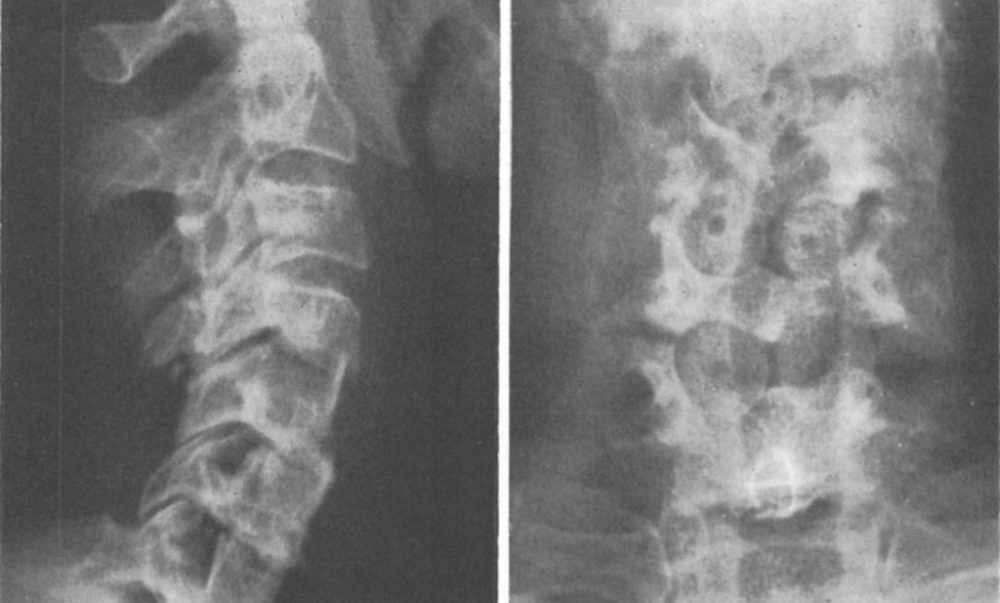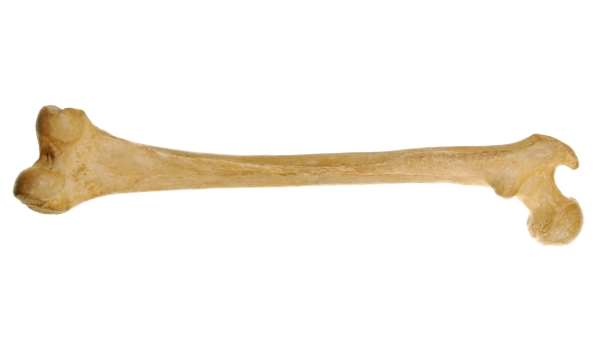The bone bank project was envisioned by our Executive Vice-Chairman Prof. Hemanth Raj E.

The bone bank project was envisioned by our Executive Vice-Chairman Prof. Hemanth Raj E.
The Rotary club of madras central donated all the equipment for the bone bank as part of their global
grant project. The bone bank was formally inaugurated on 28.06.2019. The facility was inspected by the
Directorate of Medical Services on 03.08.2019. Bone bank technician was appointed on 14.08.2019. The
bank was registered with Government of Tamilnadu on 24.09.2019 and subsequently registered with
TRANSTAN in November 2019.
The bone bank is one of the largest in the country spread over 1600 sq. ft. containing state of art
equipment. It’s a non-profit service providing safe, reliable and cost effective human bone allografts.
Guidelines drafted by the Asia Pacific Association of Surgical Tissue Banking (APASTB) are followed.
Types of grafts available
1) Deep frozen femoral heads – irradiated and non-irradiated
2) Deep frozen long bones – irradiated and non-irradiated
3) Lyophilized bone blocks (derived from femoral heads) – irradiated
25 kilo Gray of gamma irradiation is used to irradiate the bones. The institute has signed a MoU with
Indira Gandhi Centre for Atomic Research (IGCAR) for irradiation of the bones.
The staff are well trained in harvesting bones from brain dead, and processing of bones. Ambulance
exclusively for the bone bank is available which is used for harvesting bones from the brain dead.
Please feel welcome to contact our friendly reception staff with any general or medical enquiry call us.
2. Deceased donors


Lyophilised bone blocks
Sterilized with 25 kilo Gray of gamma radiation.
Stored at room temperature.
Shelf life of 3 years.
Uses
1) Fill cavities
2) Small bone defects
3) Non-union
4) Spinal fusion
How to use
1) Wash 3 times with copious amount of saline
2) Soak in antibiotic solution for 30 minutes (Gentamycin + Vancomycin)
3) Can be shaped appropriately and used
Deep frozen femoral heads
Irradiated and non-irradiated femoral heads available.
Stored at minus 80° Celsius
Shelf life of 5 years
Uses
1) Fill cavities
2) Small bone defects
3) Non-union
4) Spinal fusion
How to use
1) Remove articular cartilage
2) Shape or cut to appropriate dimensions
3) Wash with copious amount of saline using jet lavage to remove any blood
Irradiated and non-irradiated long bones available.
Stored at minus 80° Celsius.
Shelf life of 5 years.
Uses
1) Structural allografts to bridge bone defects
How to use
1) Remove all remaining soft tissues and periosteum
2) Ream the medulla to remove the marrow contents
3) Wash with copious amount of saline using jet lavage to remove any blood or marrow content.
4) Soak in antibiotic solution for 30 minutes (Gentamycin + Vancomycin)
Bone Bank Incharge
Dr. Chandra Kumar Krishnan M.S (Ortho), Diploma in Tissue Banking (NUS, Singapore)
Associate Professor (Orthopaedic Oncology)
Bone Bank Incharge
Email – chandrubcbs@gmail.com
Mobile – 8826255821
Landline – 044-22209150 Extn – 235
Bone Bank Technician
Ms. Prema
Email – premmasakthi@gmail.com
Phone – 6383446823
Please feel free to contact our friendly staff with any medical enquiry.